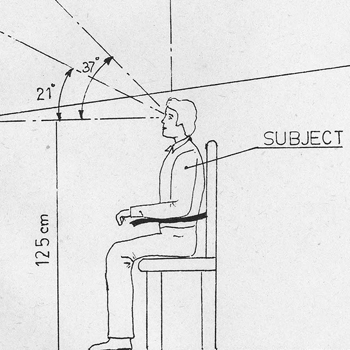Human judgement is used to measure in many industrial and practical contexts.For example, in a heat treatment unit, the colour of the slab is the variable for judging the hardness temperature reached, even though technology is available to measure the temperature accurately.
In industry and everyday life, it is necessary to measure some value through human approximation even though no technology is available for doing so.
Even though there is technology available for measuring some variables, approximation is used. For example, in graphical and analogue displays, the value of some variable is represented by the length of a line without a scale beside it. The observer approximates the length of the line and estimates the value of the variable. Dial and pointer displays are often read by visually judging the angle of the pointer rather than accurately reading the scale mark they indicate. This happens when rapid reading is necessary. This also happens in the case of some watches where only four discrete points are marked on the dial.
In some process control rooms, dials and metres are located at a height. The operator has to visually judge and note readings, seeing only the pointers, as these metres will be at a height.
It is necessary to know the average deviation from the actual value or error in approximating the value of a variable under a given condition. This value will aid in providing the necessary amount of tolerance in machines, allowing accidents caused by human error to be avoided in all remote sensing plants, such as nuclear power plants and processing plants.
